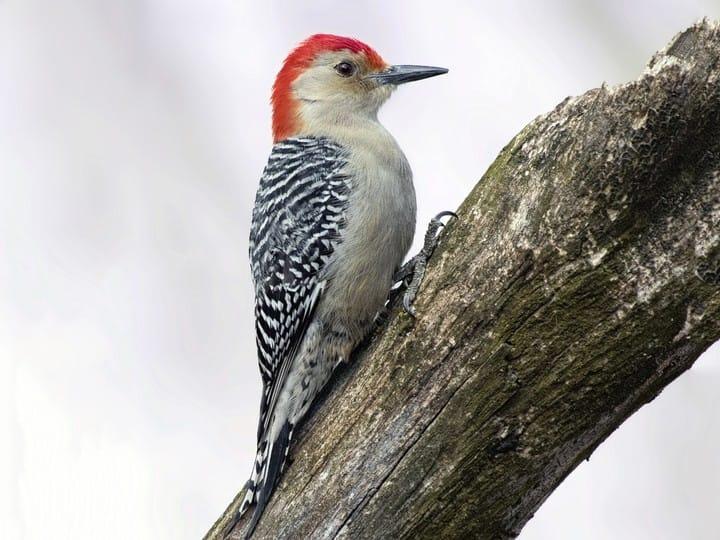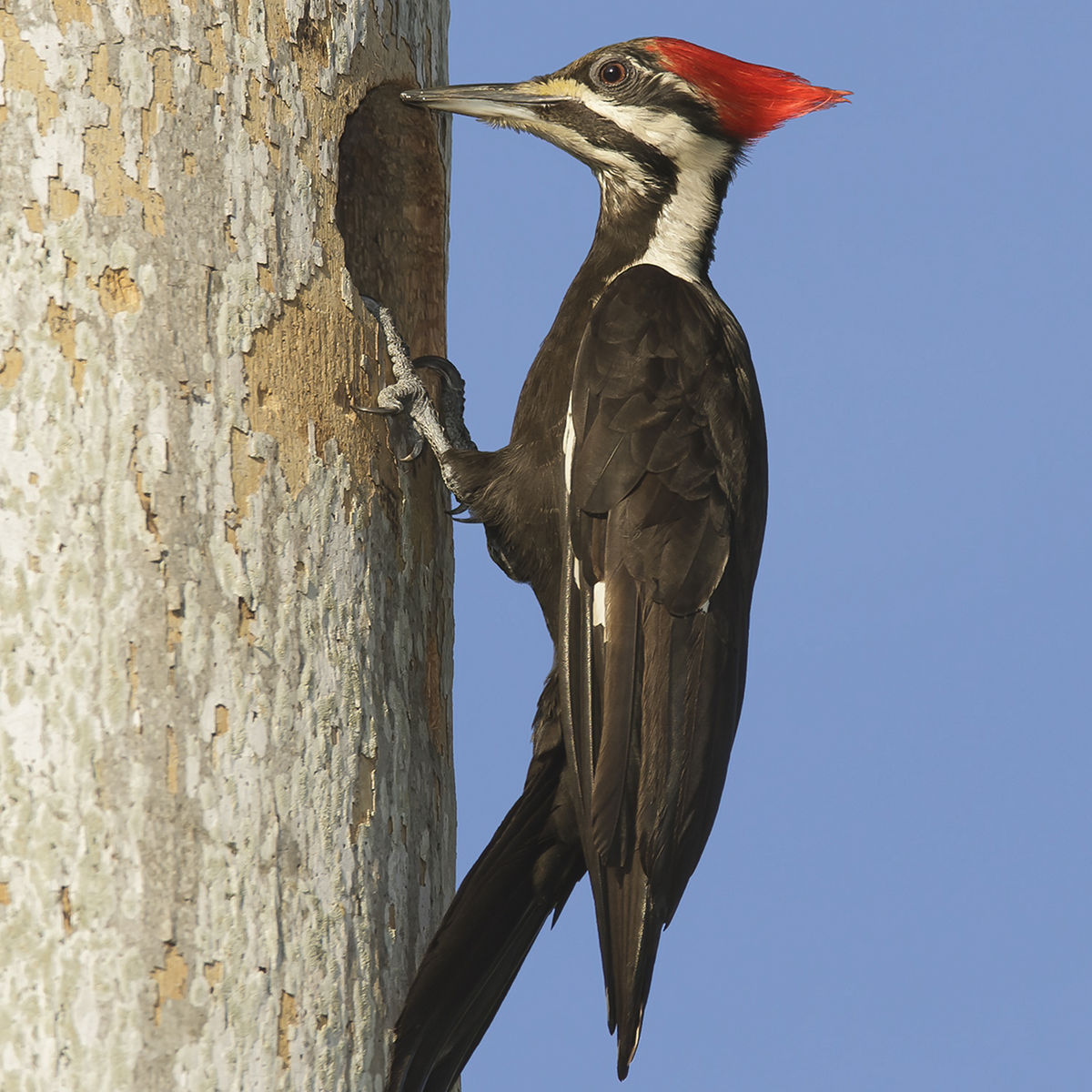Discovering Woodpeckers in Florida Habitats: Where to Detect These Birds
Discovering Woodpeckers in Florida Habitats: Where to Detect These Birds
Blog Article
Discover the Fascinating Globe of Woodpeckers: Whatever You Need to Know
The globe of woodpeckers is a realm loaded with one-of-a-kind habits, elaborate adjustments, and a diverse array of varieties. From their habitats and circulation patterns to their feeding routines and specialized anatomical functions, woodpeckers have long astounded the passion of ornithologists and nature fanatics alike. Comprehending the details of these fascinating birds offers a glimpse into the complex interplay in between their biology and the setting. As we explore the world of woodpeckers additionally, we uncover a wide range of information that loses light on their significance in ecological communities and the difficulties they encounter in an ever-changing world.
Woodpecker Habitats and Distribution
In North America, for example, woodpeckers can be detected in both coniferous and deciduous woodlands, utilizing their strong beaks to forage for pests and produce nesting cavities in trees. In Africa, particular woodpecker species have actually adjusted to dry environments, such as the acacia timberlands, where they play a vital duty in managing insect populaces.

Feeding Behaviors and Diet Plan
Woodpeckers utilize their solid beaks to pierce right into the bark of trees, probing for insects and larvae hidden under the surface area. In enhancement to bugs, woodpeckers also eat nuts, seeds, fruits, and sap.
Woodpeckers are recognized for their drumming habits, which serves not only to connect with various other woodpeckers however also to locate food. The quick drumming noise is produced by the bird pecking on resonant surface areas like dead trees or steel poles. This actions can bring in bugs hidden in the timber, enabling the woodpecker to find their existence and feed on them.
Unique Adjustments for Tree Climbing
In their experienced pursuit of insects hidden within tree bark, woodpeckers have developed impressive physiological attributes that equip them with distinct adaptations for effective tree climbing. Woodpeckers have solid neck muscle mass and an one-of-a-kind head framework that soak up the influence of consistent pecking, allowing them you could try here to climb vertically without causing harm to their minds. These adjustments home display the unbelievable transformative layout that enables woodpeckers to navigate trees with precision and efficiency.
Diverse Woodpecker Species Worldwide
With over 200 various varieties spread out throughout different environments worldwide, the household of Picidae includes an impressive variety of woodpeckers. These birds can be located in woodlands, forests, savannas, and even urban areas, showcasing their adaptability to different settings. From the legendary Northern Flicker in The United States And copyright to the vivid and evasive Crimson-backed Flameback in Asia, each woodpecker types displays distinct characteristics in terms of tuft, habits, and habitat choice.
Woodpeckers differ greatly in size, with the small Downy Woodpecker gauging around 6-7 inches in length, while the effective Lineated Woodpecker can rise to 17 inches - Woodpeckers in Florida. Their beaks likewise are available in various sizes and shapes, mirroring their feeding routines. Some types specialize in removing bugs from tree bark, like the Acorn Woodpecker, while others, such as the Black-cheeked Woodpecker, feed on fruits and seeds

Conservation Initiatives and Obstacles
Conservation initiatives for woodpecker populations are essential in mitigating the effect of environment loss and various other hazards encountering these diverse avian species. Woodpeckers face different difficulties to their survival, mostly as a result of logging, urbanization, environment adjustment, and intrusive varieties. To resolve these issues, conservation efforts concentrate on protecting and restoring woodpecker habitats, executing sustainable forestry practices, and raising awareness about the importance of these birds in ecosystems.
One significant challenge in woodpecker conservation is the fragmentation of their environments, bring about separated populations that are much more susceptible to extinction - Woodpeckers in Florida. Conservationists function to develop wildlife corridors and protected locations that link these fragmented habitats, allowing woodpeckers to relocate in between different areas check my site for feeding, reproducing, and sanctuary

Conclusion
In conclusion, woodpeckers are interesting birds with one-of-a-kind adaptations for tree climbing and feeding actions. More research and preservation actions are needed to guarantee the survival of woodpeckers in the wild.
Report this page